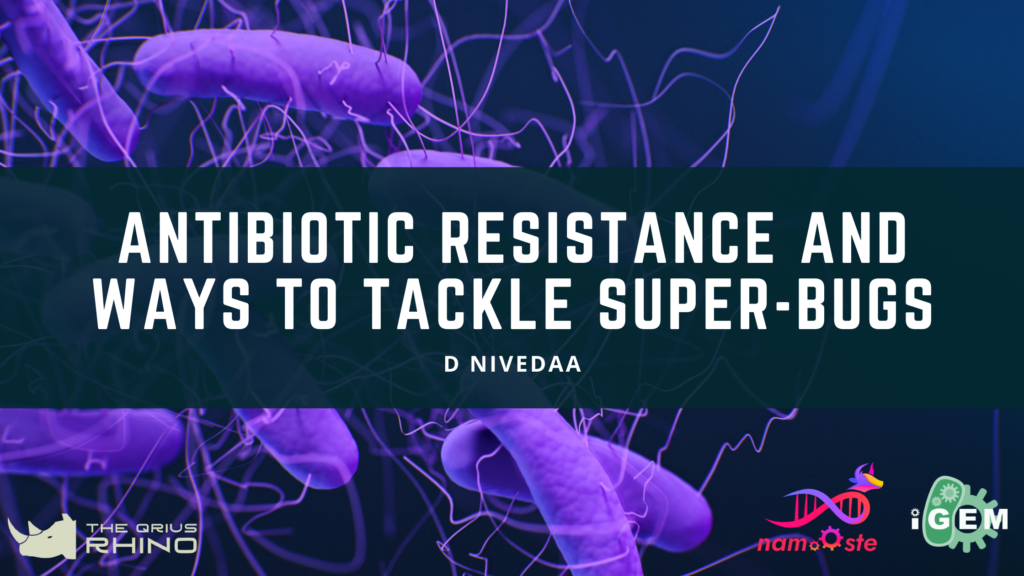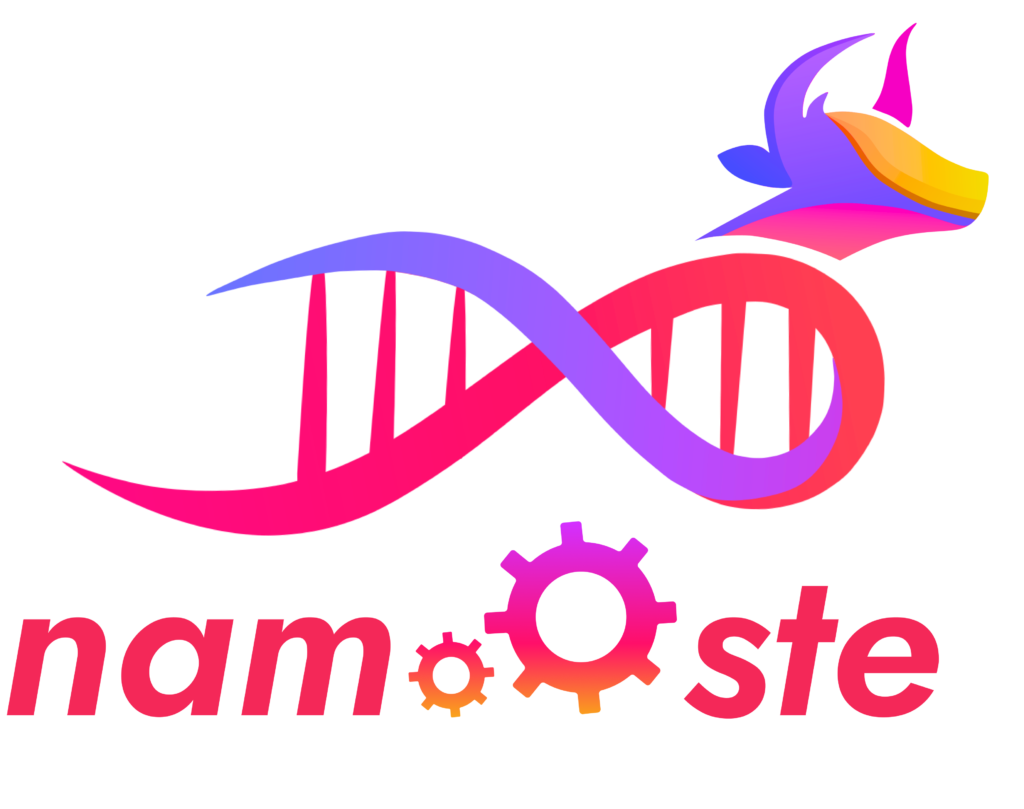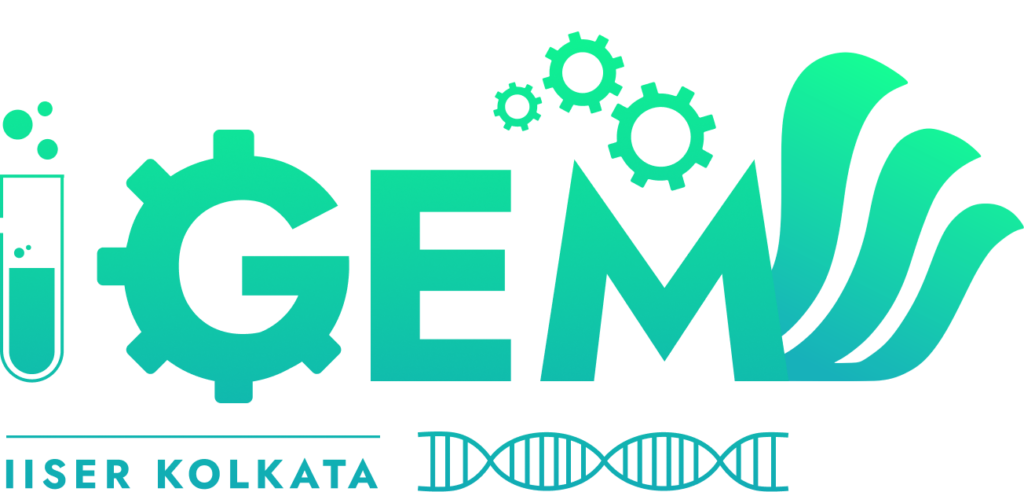
Antibiotics and Antibiotic Resistance!
Antibiotics, as we all know, are medical compounds used to treat infections caused exclusively by bacteria. At a time when bacterial infections were untreatable and accounted for nearly 30 percent of all deaths, the accidental discovery of penicillin by Alexander Fleming changed the course of mankind. This was a remarkable milestone in human history, but antibiotics were never the permanent solution. When receiving his Nobel Prize for the discovery, Alexander Fleming warned that exposing the bacteria to non-lethal doses of antibiotics can lead to the bacteria gaining resistance towards the drug, which would indeed render it useless.
Reasons behind Antibiotic Resistance:
The ineffectiveness of a particular antibiotic against a bacterium can be attributed to one of the following reasons: impermeable cell membrane, lack of target site where the antibiotic can launch an attack, ability to produce an enzyme to neutralize antibiotics, proficiency to modify the antibiotic’s target and usage of built-in efflux pumps to throw antibiotics out.
Although impermeable cell membrane and lacking a target are natural traits of the bacteria, other traits are acquired by bacteria either through a random mutation or horizontal gene transfer, a mechanism in which the resistance against a particular antibiotic is transferred due to exchange of genetic information between a non-resistant and resistant bacterium in the same population.
Even though acquiring such resistance is a natural evolutionary process, what’s alarming is how human intervention and neglect has accelerated this process to the extent where we find ourselves in a treacherous situation with many antibiotics becoming futile which are developed after years of painstaking research despite the words of caution left to us about 80 years ago by Fleming. It has been estimated that by 2050, 10 million worldwide deaths could result from antibiotic-resistant bacteria, the super-bugs making it deadlier than cancer!
A myriad of reckless actions by humans can be attributed to the current epidemic of antibiotic resistance. Patients missing or not completing the recommended dosage of the prescribed antibiotics give the leftover bacteria in their system time to adapt to the low concentration levels of antibiotics and pass on their resistance to newer generations. The livestock industry pumps exorbitant quantities of antibiotics into the animals in order to counteract the diseases arising from the abysmal living conditions in the factories. Doctors sometimes throw caution to the wind and over-prescribe antibiotics to tackle ailments that don’t need them. This has kick-started a biological evolutionary arms race. In fact, hospitals have become a major hub of breeding grounds for these antibiotic-resistant bacteria.
We have created a classic case of “What doesn’t kill you only makes you stronger.”
Several combinations of antibiotics are prescribed for diseases that could be solved with greater ease by a specific antibiotic in the past. This has significantly increased the risk of liver damage in patients as their bodies try to metabolize a multitude of antibiotics. Treatment costs for these diseases have seen a staggering rise as rarer and expensive antibiotics are being used. This will significantly affect public health as fewer people will now have access to these treatments, increasing the chances of outbreaks.
HOW TO COMBAT THIS ATTACK BY SUPER-BUGS?
SYNTHETIC BIOLOGY
Synthetic biology is seen as the shining beacon of light by the science community that could lead the path to revolutionize several modern industries such as medicine, agriculture, animal rearing, waste management, etc. By harnessing the power to make our own organism, we can significantly reduce the environmental impacts created by these industries currently while also vastly improving their efficiency. This is the future of humankind!
CRISPR
CRISPR technology can be used to selectively eliminate the resistant gene in bacteria which, as explained above, can be transferred to the other bacteria in the population with the help of plasmids. This is a potent trick up our sleeves to keep antibiotics working against bacteria.
Guide CRISPR-RNA can be constructed to target only chromosomal and virulence genes that are highly specific to pathogens, therefore, enabling this revolutionary system to be reused against the bacteria rather than defending against invaders.
BACTERIOPHAGES
To overcome the problem of antibiotic resistance, scientists have proposed using bacteriophages that are genetically modified. These specifically target the bacterial cells and have shown great promise in ending the war between humans and superbugs in combination with antibiotics. This is because if a bacterium has to resist attack from bacteriophage, it has to let go of antibiotic resistance and vice versa. Extensive research is still needed to be approved for mainstream use, but we have made major strides in tacking what could have been the end of humanity.
Well, producing organisms in a lab is not as fun as it sounds!
Scientists come in contact with thousands of dangerous pathogens in labs every day, which puts their lives and those around them at serious risk. One error can lead to a bio-security breach which can cause a significant worldwide pandemic that can claim countless lives. Having witnessed firsthand the colossal damage a pandemic has on humans and the global society, there is a huge responsibility on the shoulders of scientists to prevent such happenings if this synthetic biology inevitably takes over.
The possibility of synthetic biology can, to some people, mean going to war with nature. But it isn’t. It is working together with nature, and there has never been a better time to invest in research to find our way around antibiotic resistance. We have stood on the shoulders of the giants to see a brighter day; it is now our turn to lend our shoulders for the same cause for the people of tomorrow.
To know about the interdisciplinary project of the team check out their team wiki: IISER Kolkata iGEM 2021
To be continued…
By,
D Nivedaa (BS-MS student and iGEM 2021 team member, Indian Institute of Science Education and Research Kolkata)
References:
All information and images are obtained from team iGEM IISER Kolkata. The author is also a member of the team for iGEM 2021.
About the author:

I am Nivedaa, a 3rd-year student aspiring to be a physicist who is passionate about biophysics. Other things I find interesting beyond science are art, fashion, and movies. I love to make very detailed notes and spend all the time listening to music.
This is her first blog for TQR!
Collaboration:


This blog is a part of Science Communication by iGEM IISER Kolkata 2021 Team. They are a bunch of undergrads from diverse academic backgrounds ranging across different fields of science! United by their love for science especially synthetic biology, they aim to create an inexpensive curative strategy as well as detection strategy for bovine mastitis!
The idea is to develop a vaccine that can target and kill the causative agents. The disease is normally prominently detectable when it is already at a severe stage. Thereby, the team is even using biotechnological strategies to develop a colourimetric detection kit that can help diary farms identify the devil growing inside their cows even before things get worse.
The project has already been recognised globally by various awards by leading organisations in this field. Get more details of their project in the upcoming blogs.